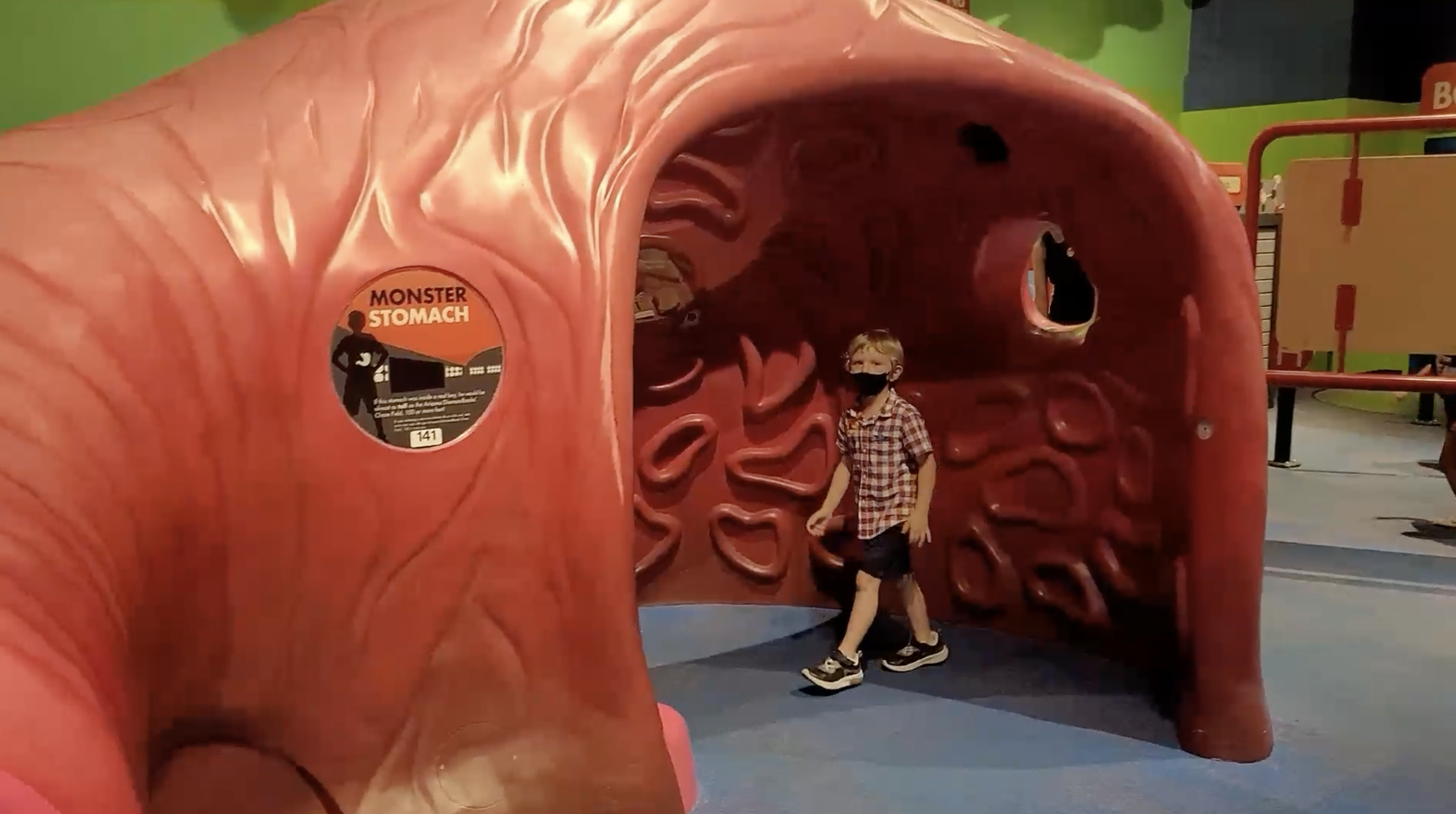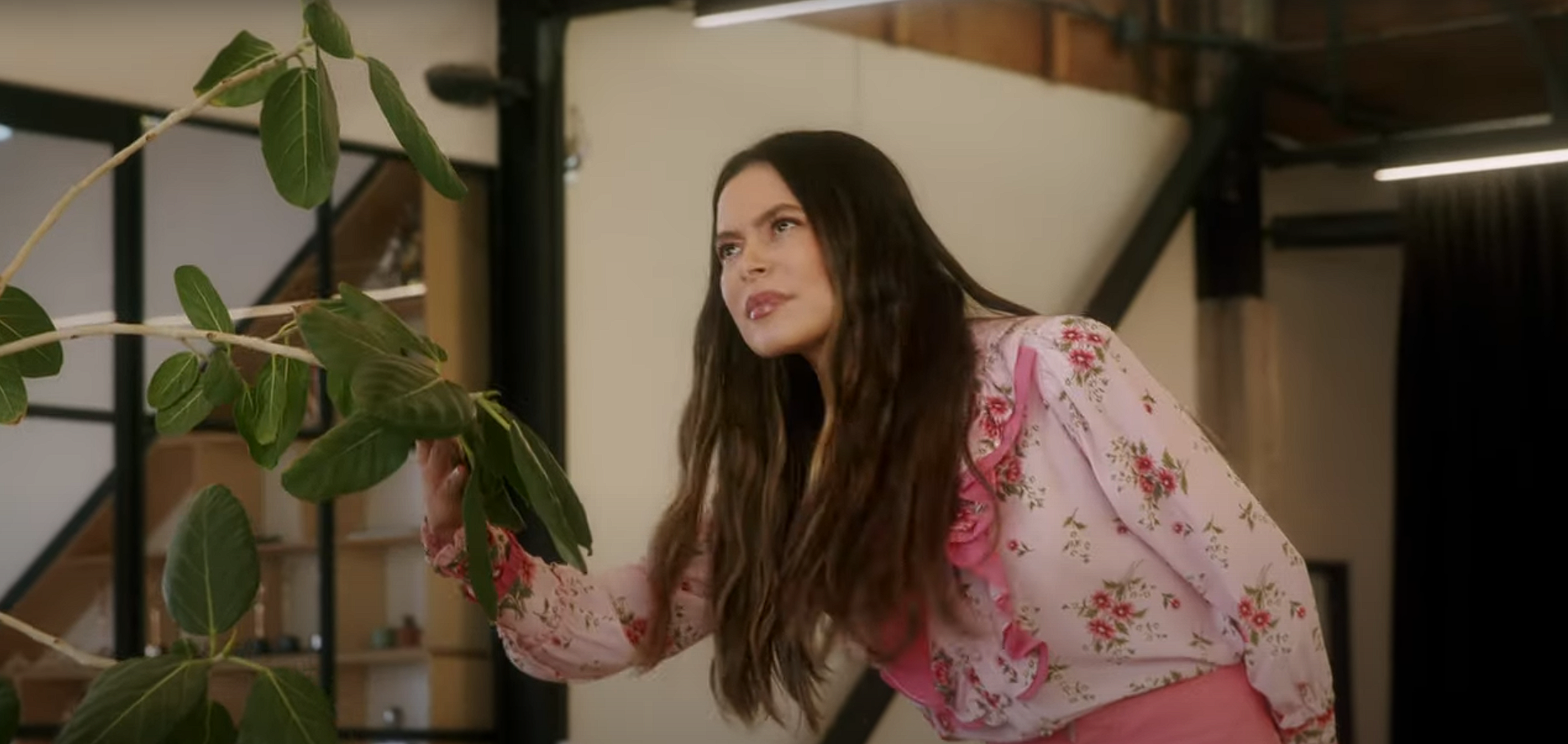While I'm fascinated with science, I'm not sure anyone is more enthusiastic about it than my kids. On a recent Phoenix trip, we had the good fortune to visit the Arizona Science Center, a museum for children designed around hands-on science activities, including an outdoor bubble-making station and an augmented-reality display where my boys could kick around some cute robots. The museum had several informative exhibits, including a live dermis model and a game where children could compete by calming their brain activity. But my children were drawn to a giant walk-in stomach in the center of one of the floors, where kids could crawl around and even slide toward the intestines. Once the children passed through the end of the tube, the stomach let out a satisfyingly loud fart, which predictably caused a ton of laughter among the museum's visitors. My kindergartener was particularly enthralled and asked me to participate—and, not wanting to disappoint my children, I soon found myself traveling down the farty intestine slide. Of course, the stomach walls had displays with more detailed scientific information, but few museum visitors bothered to read them. The main draw, without question, was the farts.
This episode illustrates a key obstacle to scientific communication, which is that it sometimes leans too heavily on spectacle. Rhetorician Dana L. Cloud (2018) defined spectacle as a "special form of rhetorical mediation that involves a striking, often ritualistic, visual or performative display," which reduces "complex messages to dramatic contrasts" (p. 46). As she put it, spectacles "induce awe and the feeling of an encounter with a phenomenon that is larger than life" (pp. 46–47). A spectacle requires an audience whose particular social and material conditions draw them into the text. Not all museum visitors are going to be in awe of farting intestines. Audiences with more refined tastes might feel that farts are just a mundane biological process, while others might be grumpy from walking in the heat before visiting the museum.

